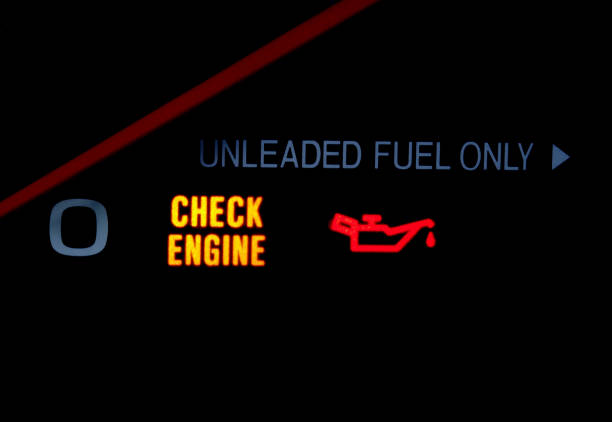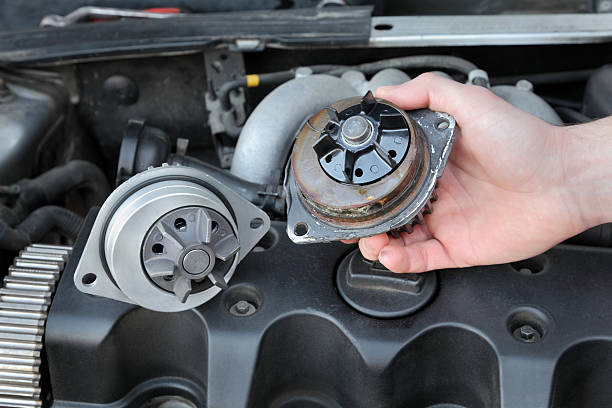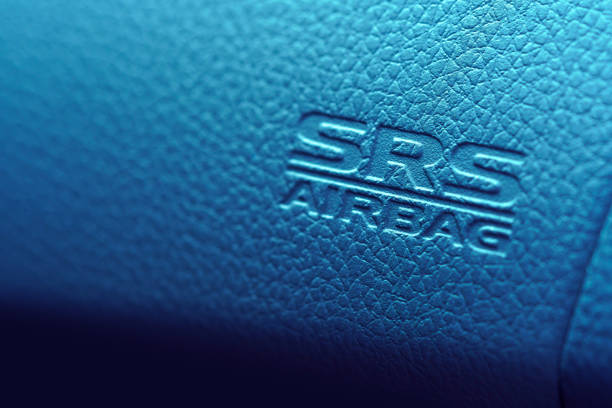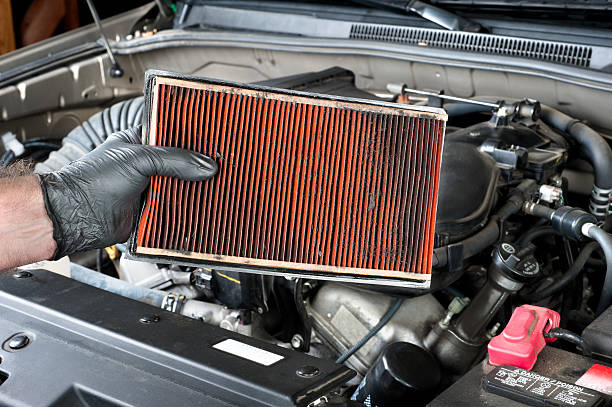
A car’s air filter is an essential component in maintaining the performance and health of your vehicle. It prevents dirt, dust, and other contaminants from entering the engine and causing damage. Over time, the air filter can become clogged, negatively affecting the engine’s performance. Knowing the symptoms of a dirty air filter can help you identify when it’s time to replace it and ensure that your car continues to run smoothly.
The Importance of a Clean Air Filter
Protecting the Engine
A clean air filter is crucial to your car’s engine performance. It prevents dirt, dust, and debris from entering the engine and causing wear or damage to its internal components. By trapping these contaminants, the air filter helps to extend the life of your engine and reduce the risk of costly repairs.
Fuel Efficiency and Emissions
A dirty air filter can also impact your car’s fuel efficiency and emissions. A clogged filter restricts the flow of air into the engine, causing it to work harder to draw in the necessary oxygen for the combustion process. This results in increased fuel consumption and higher emissions, negatively impacting both the environment and your wallet.
Symptoms of a Dirty Air Filter
Decreased Performance and Acceleration
One of the most noticeable symptoms of a dirty air filter is a decrease in your car’s performance and acceleration. A clogged filter restricts the flow of air to the engine, causing it to work harder and reducing its overall power. If you notice that your car is struggling to accelerate or feels sluggish, it may be time to check and replace your air filter.
Reduced Fuel Efficiency
As mentioned earlier, a dirty air filter can lead to reduced fuel efficiency. If you find yourself needing to fill up your gas tank more frequently than usual, it could be a sign that your air filter is clogged and needs replacement. Replacing a dirty air filter can improve your car’s fuel efficiency by up to 10%, saving you money in the long run.
Unusual Engine Noises
A clogged air filter can cause your engine to make unusual noises, such as coughing, sputtering, or even backfiring. These sounds occur because the restricted airflow creates an imbalance in the air-fuel mixture, leading to incomplete combustion. If you hear any of these noises coming from your engine, it’s worth checking your air filter to see if it’s dirty and needs replacement.
Check Engine Light
In some cases, a dirty air filter can trigger your car’s check engine light. This occurs when the engine’s sensors detect a problem with the air-fuel mixture, causing the light to illuminate. While there could be other reasons for the check engine light to come on, it’s a good idea to check your air filter if you’re experiencing any of the other symptoms mentioned above.
Excessive Exhaust Smoke
A dirty air filter can also lead to excessive exhaust smoke. This is because the restricted airflow causes the engine to burn more fuel, resulting in a richer air-fuel mixture. This excess fuel can cause black smoke to be emitted from your exhaust pipe. If you notice an increase in exhaust smoke, be sure to inspect your air filter for any signs of dirt or debris.
Replacing a Dirty Air Filter
When to Replace Your Air Filter
Most vehicle manufacturers recommend replacing your car’s air filter every 12,000 to 15,000 miles. However, this can vary depending on your driving conditions. If you frequently drive in dusty or polluted environments, you may need to replace your air filter more often. It’s always a good idea to consult your vehicle’s owner manual for specific recommendations.
How to Replace Your Air Filter
Replacing your car’s air filter is a relatively simple process that you can do yourself. Here’s a step-by-step guide:
- Open your car’s hood and locate the air filter box. It’s typically a black plastic box situated on top of or to the side of the engine.
- Open the box by unclipping the fasteners or unscrewing the lid.
- Remove the old air filter. Be careful not to let any dirt or debris fall into the bottom of the box.
- Inspect the inside of the box and clean any dirt or debris before installing the new filter.
- Place the new filter in the box, ensuring it fits snugly and the edges are sealed.
- Replace the lid and secure the fasteners or screws.
- Close the hood and start the engine to ensure everything is working correctly.
Remember, regularly replacing your air filter can prevent more serious damage to your engine and improve your vehicle’s overall performance.
Prevention and Maintenance
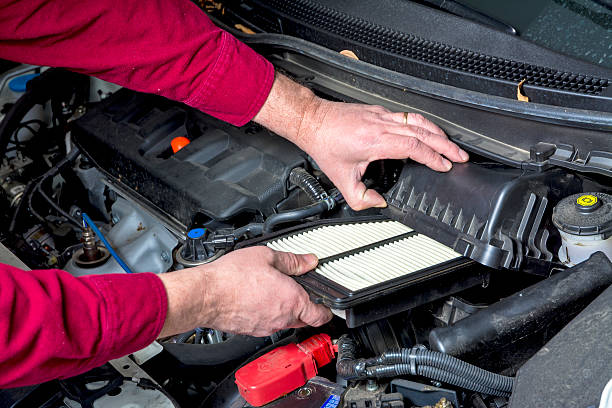
Regular Inspections
To prevent your air filter from becoming excessively dirty, it’s important to inspect it regularly. This will allow you to catch any buildup of dirt or debris early and replace the filter as needed. If you frequently drive in dusty or polluted environments, you may need to inspect your air filter more often.
Scheduled Maintenance
Routine maintenance is crucial for keeping your car running smoothly. Along with regular oil changes and tire rotations, be sure to include air filter checks in your maintenance schedule. Regularly replacing your air filter can improve your vehicle’s fuel efficiency, reduce emissions, and extend the life of your engine.
Using Quality Filters
Not all air filters are created equal. When it’s time to replace your air filter, opt for a high-quality one. While they may be more expensive upfront, they typically last longer and provide better filtration, protecting your engine from damage and improving its performance.
Conclusion
A dirty air filter can negatively impact your vehicle’s performance, fuel efficiency, and emissions. By recognizing the symptoms of a clogged air filter and understanding how to replace it, you can ensure that your car continues to run smoothly and efficiently. Regular inspections, scheduled maintenance, and using quality filters are key to preventing air filter issues and maintaining the health of your vehicle.






